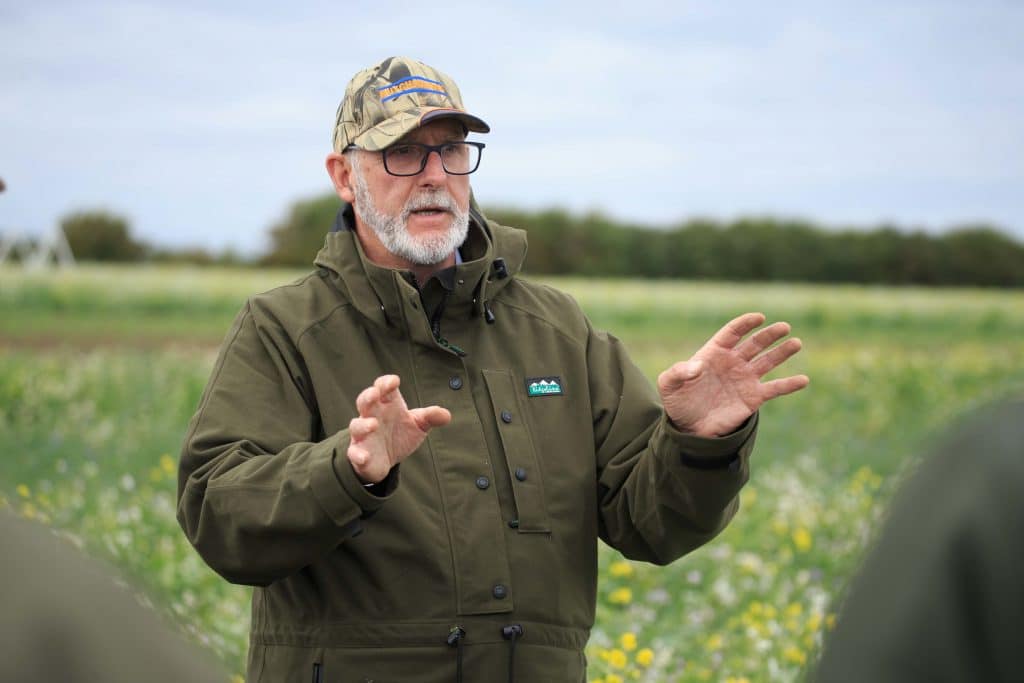The real value of Carbon – Tillage and Soils
Dick Neale, Hutchinsons technical manager, talks us through what he believes to be the best way to measure and then manage carbon in a realistic way ...
Soil management, carbon and the impact on the environment is front and centre of many discussions currently.
Net zero objectives for the industry, and the constant increase in the marketing power of carbon neutrality across many sectors that our industry supplies, are bringing carbon within soils into sharp focus, and frankly, not before time.
Carbon benefit
As growers we cycle carbon from the air, from the soil and from fuel, fertiliser, and inputs we apply to crops. The commodities we produce and sell off farm are fundamentally a concentration of that carbon in a different form.
Trading carbon credits is largely a distraction from the benefits that increasing carbon in our soils brings to an individual business. Soil structure, porosity, water and nutrient storage and release are all improved by maintaining carbon in soil both as longer term SOC and active carbon that supports the functionality of soils in the crop growing cycle.
Carbon in the soil has been the victim of over 50 years of a move, measure and apply mentality toward soils within agriculture, there is little point in being over critical of ourselves in that respect, it was widely taught and promoted and the productivity impacts where significant… but we are realising there are clear environmental and cost negatives attached to this practise in the longer term.
Soil carbon is now at critically low levels in many soils which is beginning to show as a stagnation in yields, reduced resilience to climate extremes, increased nutritional costs, clear environmental impacts like erosion and increased power requirements for cultivation.
The evidence has been accumulating for many years with Rothamsted Research showing the impact of nutrient levels needed to maintain yield at differing OM% within soil, the higher the OM% the lower the index needed to maintain yield.
Other research shows a 60% reduction in crop biomass in arable soils only metres from the field edge …the impact of soil degradation via continuous cultivation and applied fertiliser which override the soils natural cycles and microbial populations.
Variable soil texture
UK soils are highly variable in their texture with more than 3 textural classes often present within a single field, simple broadacre management changes are therefore often ineffective or detrimental in some textural classes when being targeted at the largest textural area.
While mapping of obvious soil textural zones is relatively simple, it was done with hedges in the past, but new technologies like TerraMap now allow us to map the finer details in high definition. Now more accurately than ever before we can visualise not only textural changes but pH, and nutrient content, and more recently OM%, Total SOC and Active Carbon allowing the broadacre changes to become small in-field adjustments, which are becoming ever more effective via tractor and machinery variable control technology.
Within Omnia there is the potential to map carbon emissions with individual fields, after allowing for all inputs and operations which gives us the opportunity to identify where small changes in management practices can have a large impact upon the Carbon footprint.
Organic matters
Increasing SOC within soils underpins a vast array of soil functions and understanding how carbon fractions change and behave within the soil will be key to future management decisions… decisions that have an enormous long term impact on the functionality and resilience of our arable soils.
